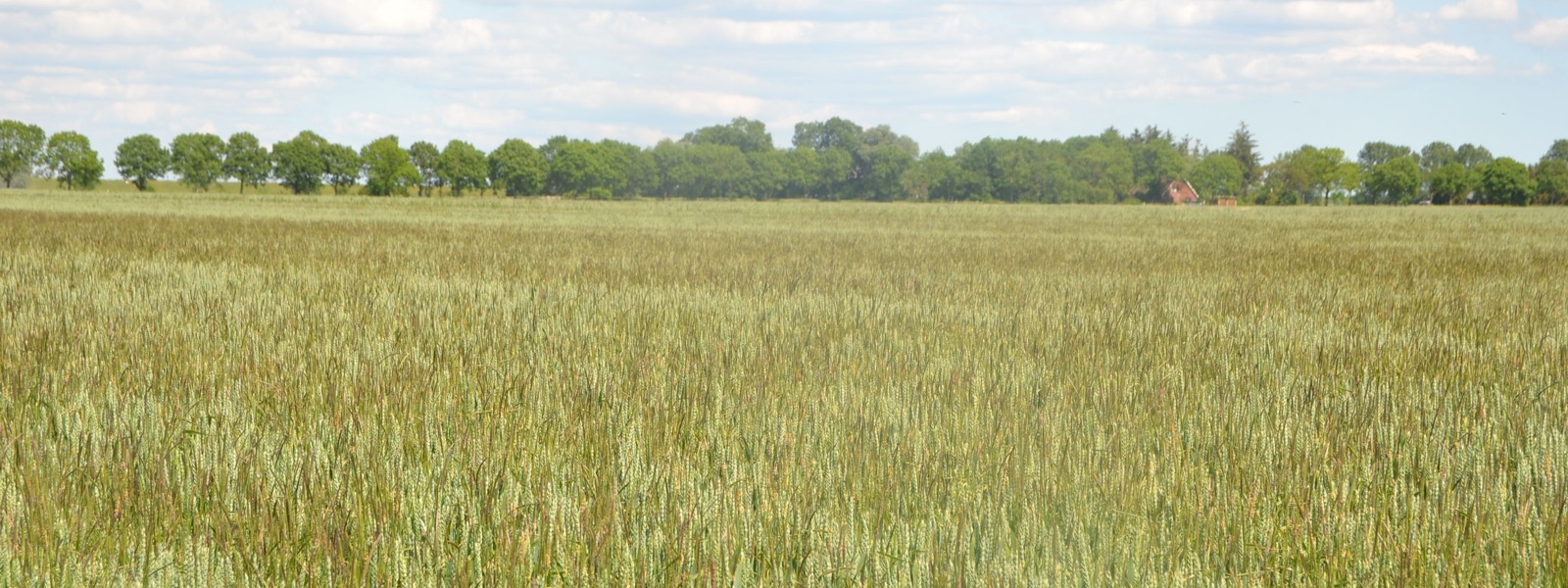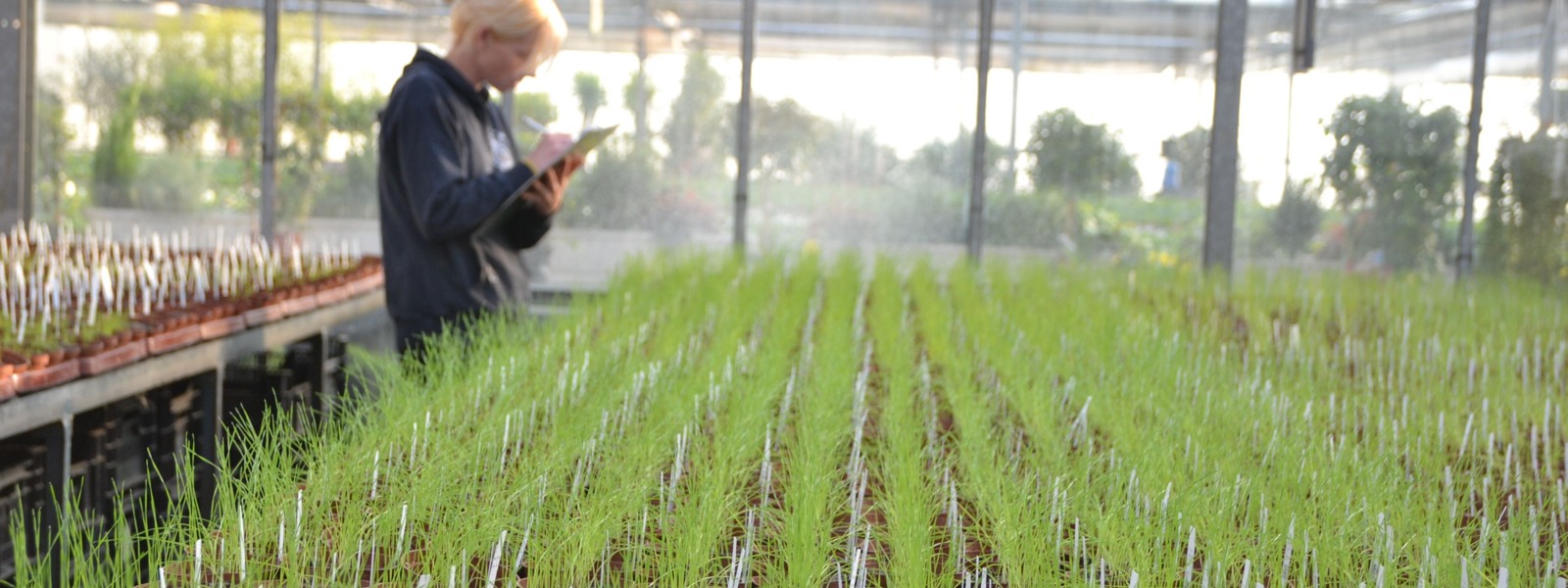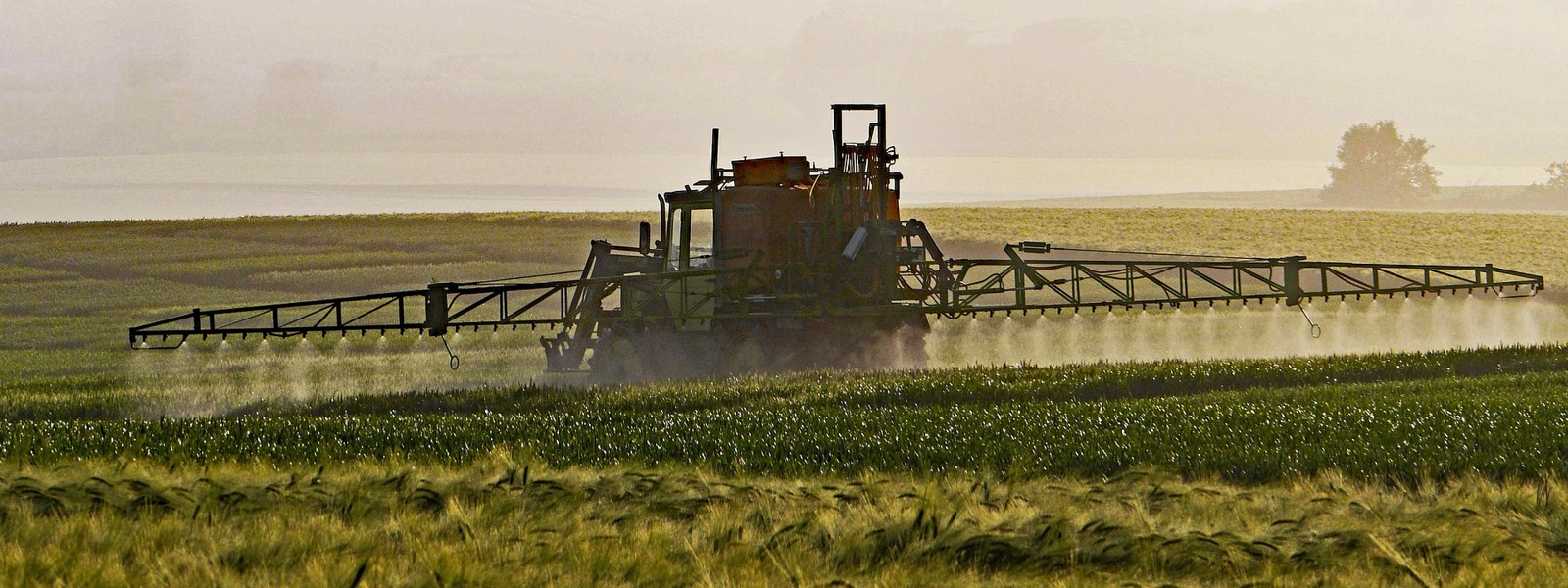What is the SNP analysis?
SNP stands for Single Nucleotide Polymorphism. These are molecular genetic markers. They are used for the purpose of diagnosis, breeding and diversity research, in human medicine, and in biology and agriculture. In the case of target-specific herbicide resistance (target-site resistance, TSR) the SNPs, most commonly responsible for resistance on the target genes (the so-called MoAs or Mode of Action, the target site of the herbicide) in the plant’s genome are well known.
This SNP-analysis service offered by PlantaLyt is aimed at weed science specialists. They have expert knowledge and are able to assign the SNPs to the targets of herbicides. We carry out the amplification of target-specific fragments by PCR, DNA sequencing and the analysis of DNA sequences on your behalf.
You receive a report on the presence of SNPs for target-site specific herbicide resistance and, in a further sequence Analysis, on new genotypes that are connected to the herbicide resistance or are not coded for the target Protein as so-called silent Mutation. Both types of markers can be used for typing the target.
To ensure the quality of DNA-sequencing, we perform a dual analysis for each sample. Both sets of data are combined and then analyzed by special software in regard to two questions:
- Analysis of classic SNPs (occurrence of the wild-type or the TSR, genotyping)
- Analysis of the sequence of the PCR product within the context of the SNPs (identify new coding and non-coding variants)
How long does the SNP-analysis take?
Once the samples are received, they are registered and prepared immediately for analysis. The Analysis takes 10-14 working days.
What can be analyzed?
The analyses you receive are at the highest scientific level. You have to make very little effort for SNP Analysis sampling. A small amount of leaf material or other vital material from the plant is sufficient, because the genetic material is present in every somatic cell and thus in all of the organs of a plant.
The following table lists the plant species and the SNPs of the respective MoA, which we routinely analyze. We can provide you with a quote for other species and SNPs on request. Please contact us.
Table SNP-Analysis:
The combinations listed in the table according to MoA, PCR-fragment and species can be ordered separately per sample (for example, order a sample ALOMY with analysis ALS Ala122 , Pro197, Ala205). It should be noted that the SNPs combined in one column can only be analyzed together (in the analysis of Pro197, Ala122 and Ala205 are also automatically collected and analyzed. An analysis unit is defined as one leaf sample (species) x fragment. Please contact us for pricing and further information.
| HRAC group | HRAC group A | HRAC group B | HRAC group C | ||||||
| Target (MoA) | ACCase | ALS | PS II | ||||||
| Fragment | Ile1781 | Trp1999, Trp2027, Ile2041 |
Asp2078, Cys2088, Gly2096 |
Ala122, Pro197, Ala205 |
Asp376, Arg377 |
Trp574, Ser653 |
Leu218, Val219 |
Ala251 | Ser264, Asn266 |
| Species | |||||||||
| blackgrass (ALOMY) | X | X | X | X | X | X | X | X | X |
| ryegrass (LOLSS) | X | X | X | X | X | X | X | X | X |
| silky bent (APESV) | X | X | X | X | X | X | X | X | X |
| brome (BROSS) | X | X | X | X | X | X | X | X | X |
| wild oat (AVESS) | X | X | X | X | X | X | X | X | X |
| barnyard grass (ECHCG) | X | X | X | X | X | X | X | X | X |
| amaranth (AMARE) | X | X | X | X | X | X | |||
| oilseed rape (BRSNN) | X | X | X | X | X | X | |||
| lamb’s quarters (CHEAL) | X | X | X | X | X | X | |||
| common poppy (PAPRH) | X | X | X | X | X | X | |||
| chickweed (STEME) | X | X | X | X | X | X | |||
| groundsel (SENVU) | X | X | X | X | X | ||||
You receive the results of the SNP analysis in the form of an Excel file. We prepare detailed reports with methods and interpretation on request.
What sample material is required for the SNP analysis?
For each analysis, a leaf sample of 5 to 10 cm in length is required. Each leaf sample must come from an individual plant. The number of leaves to be sampled can be freely selected. The table above Shows which species and genes we can analyze. If you have any questions, please contact us. The leaf samples submitted usually come from practice fields, from experimental plots or plants that are to be examined after greenhouse tests.






